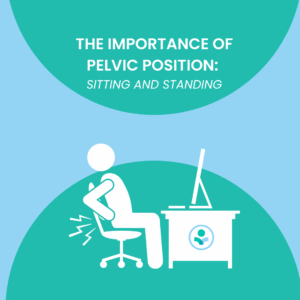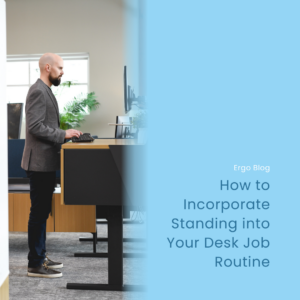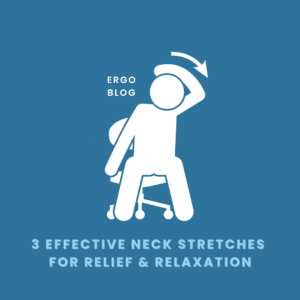Updated: Apr 4, 2024
Navigating the Decision: Pros and Cons of Using a Plastic Mat under Your Office Chair
As we strive for comfort and productivity in our workspaces, the choice of accessories plays a crucial role. One often-contemplated addition is the plastic mat under the office chair. Advocates emphasize its protective qualities and enhanced chair mobility, while skeptics point to potential downsides. In this blog post, we’ll explore both sides of the coin, examining the pros and cons of using a plastic mat under your office chair to help you make an informed decision for your workspace.
Pros of Using a Plastic Mat:
- Floor Protection: The primary advantage of a plastic mat is its ability to shield your flooring from the wear and tear caused by the constant movement of an office chair. Whether you have hardwood, carpet, or laminate flooring, a plastic mat acts as a protective barrier, preventing scratches, dents, and other forms of damage.
- Chair Mobility: Plastic mats provide a smooth surface for office chair wheels, facilitating effortless movement, especially with thicker carpets. This enhanced mobility can be especially beneficial in larger workspaces, allowing users to transition between different areas with ease. It also reduces friction, contributing to a quieter and smoother rolling experience.
- Spill Resistance: Accidents are inevitable, but a plastic mat acts as a spill-resistant barrier. It provides a quick and easy cleanup solution, protecting both your flooring and the mechanisms of your office chair from potential damage due to spills.
- Ergonomic Comfort: The smooth surface of a plastic mat contributes to a more comfortable and ergonomic chair setup. The reduced friction between the chair’s wheels and the mat allows for easier movement, potentially reducing strain on muscles and joints during extended periods of sitting.
Cons of Using a Plastic Mat:
- Ergonomic Impact: Even with all the benefits listed above, the main concern with using a plastic mat is getting the wheels of an office chair caught on the edge of the mat. When this happens, it requires users to have to use more strength and effort to move back onto the mat.
- Durability Issues: Not all plastic mats are created equal, and some may exhibit signs of wear and tear over time. Issues such as discoloration, cracks, or a loss of smoothness can compromise both the visual appeal and the effectiveness of the mat in protecting the flooring.
- Potential for Slipping: Paradoxically, the very smoothness that enhances chair mobility may pose a slipping hazard. Some users report instances of chair wheels slipping on the plastic surface, particularly if the mat is placed on smooth or slippery flooring.
- Aesthetic Concerns: Plastic mats, with their utilitarian appearance, may not align with the aesthetic preferences of some individuals. In more stylish or professional settings, these mats can be seen as visually unappealing and may clash with the overall design of the office.
Choosing whether to use a plastic mat under your office chair involves careful consideration of your specific needs, preferences, and the characteristics of your workspace. Further research to find the best casters for your flooring type instead of using a plastic mat may also be an option. By weighing the pros and cons, you can make an informed decision that aligns with your priorities for comfort, functionality, and the overall aesthetics of your office environment.
Check out our YouTube video below for a visual representation of the blog!



